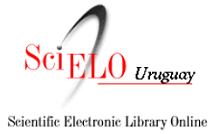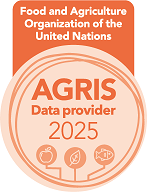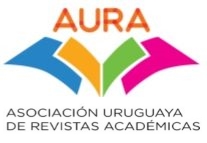Características fisicoquímicas de la carne de codornices japonesas alimentadas con diferentes niveles de DHA
Palabras clave:
Ácidos grasos, Calidad de la carne, Vida útilResumen
The enrichment of meat with docosahexaenoic acid (DHA) has been studied by the increasing this fatty acid in meat via the diet. This study aimed to measure the carcass yield and physicochemical characteristics of fresh meat from female Japanese quails fed with different levels of DHA. A total of 360 females (14-w) were used, distributed in a completely randomized design with five levels of DHA from the microalga Schizochytrium sp (0, 0.015, 0.030, 0.045, and 0.060 %), and 12 repetitions. At 23 weeks of age, 50 quail per treatment were slaughtered. The variables analyzed were carcass yield, meat quality, chemical analysis, fatty acid profile in the breast muscle, and lipid peroxidation in the thigh + drumstick muscle, measuring malondialdehyde (MDA) by the thiobarbituric acid method, over the days (0, 2, 4, and 6). The data were submitted for analysis of variance using the Statistical Analysis System program and were considered significant when P˂0.05. The levels of DHA in the diet had no effect (P>0.05) on the variables of live weight, carcass yield (thigh + drumstick and wing), relative weights of edible organs, and breast color (red/green and yellow/blue). Breast luminosity decreased (P=0.040) with the addition of DHA to the diet. Breast yield increased with the addition of DHA levels to the diet (P=0.038). In the quality analysis of the breast muscle, there was no influence of DHA levels on the variables of drip loss, shear force, and cooking loss at pH 45 min and 24 hours (P>0.05). In the chemical analysis of the breast, it was observed that the percentage of crude protein increased, and the lipids decreased, showing a linear response (P=0.006) as a function of DHA levels. The fatty acid profile of the breast muscle showed a reduction in linoleic acid (P=0.006) and an increase in DHA, eicosapentaenoic acid, and alpha linolenic acid (P=0.0004) as a function of the levels of DHA in the diet. In the analysis of lipid peroxidation in the thigh + drumstick muscle, there was an interaction between the levels of DHA in the diet and the storage period (P<0.0001). MDA increased with time, but the inclusion of DHA in the diet reduced its concentration, showing a quadratic effect of days within each DHA level. It is concluded that the inclusion of 0.060 % DHA in the diet of Japanese quail breeders improves the fatty acid profile, makes the meat leaner without increasing meat oxidation, and does not alter sensory attributes, making it suitable for quail production in general.
Descargas
Publicado
Cómo citar
Número
Sección
Licencia
Derechos de autor 2025 Sociedad de Medicina Veterinaria del Uruguay-Facultad de Veterinaria, Universidad de la República

Esta obra está bajo una licencia internacional Creative Commons Atribución 4.0.











